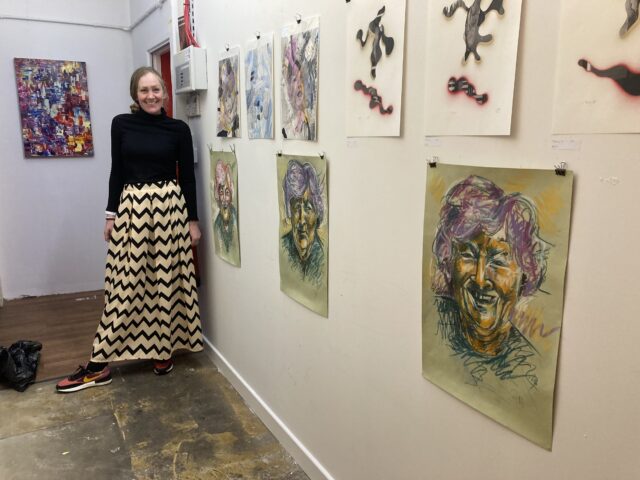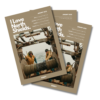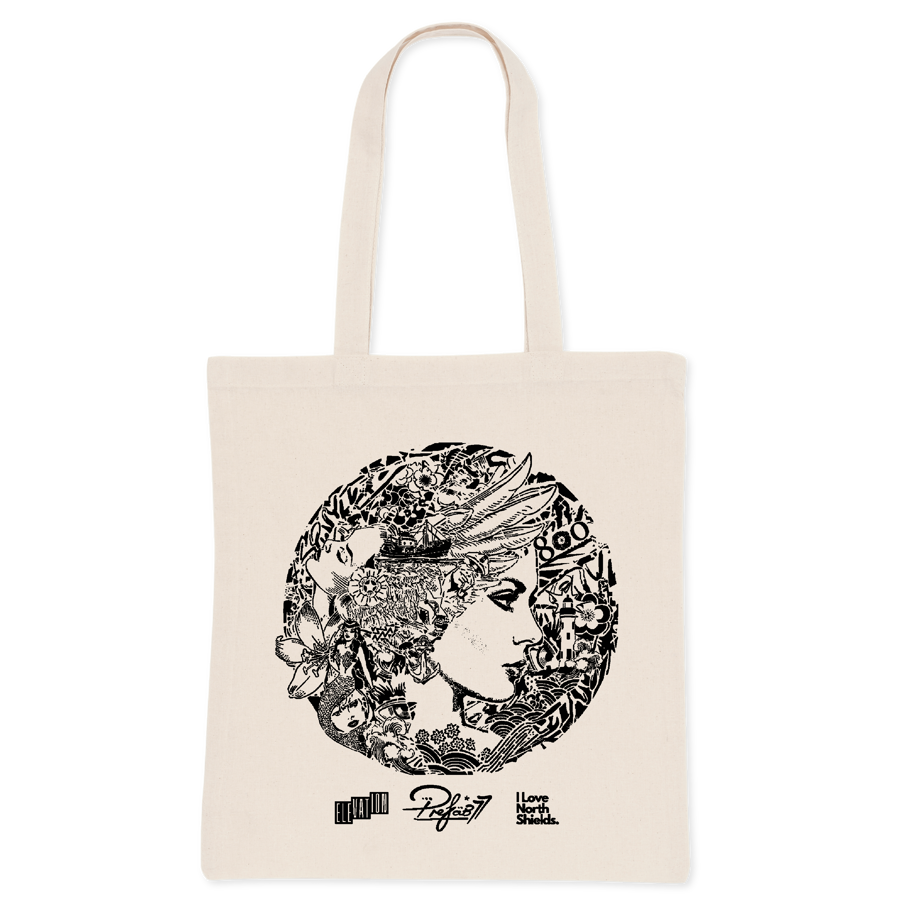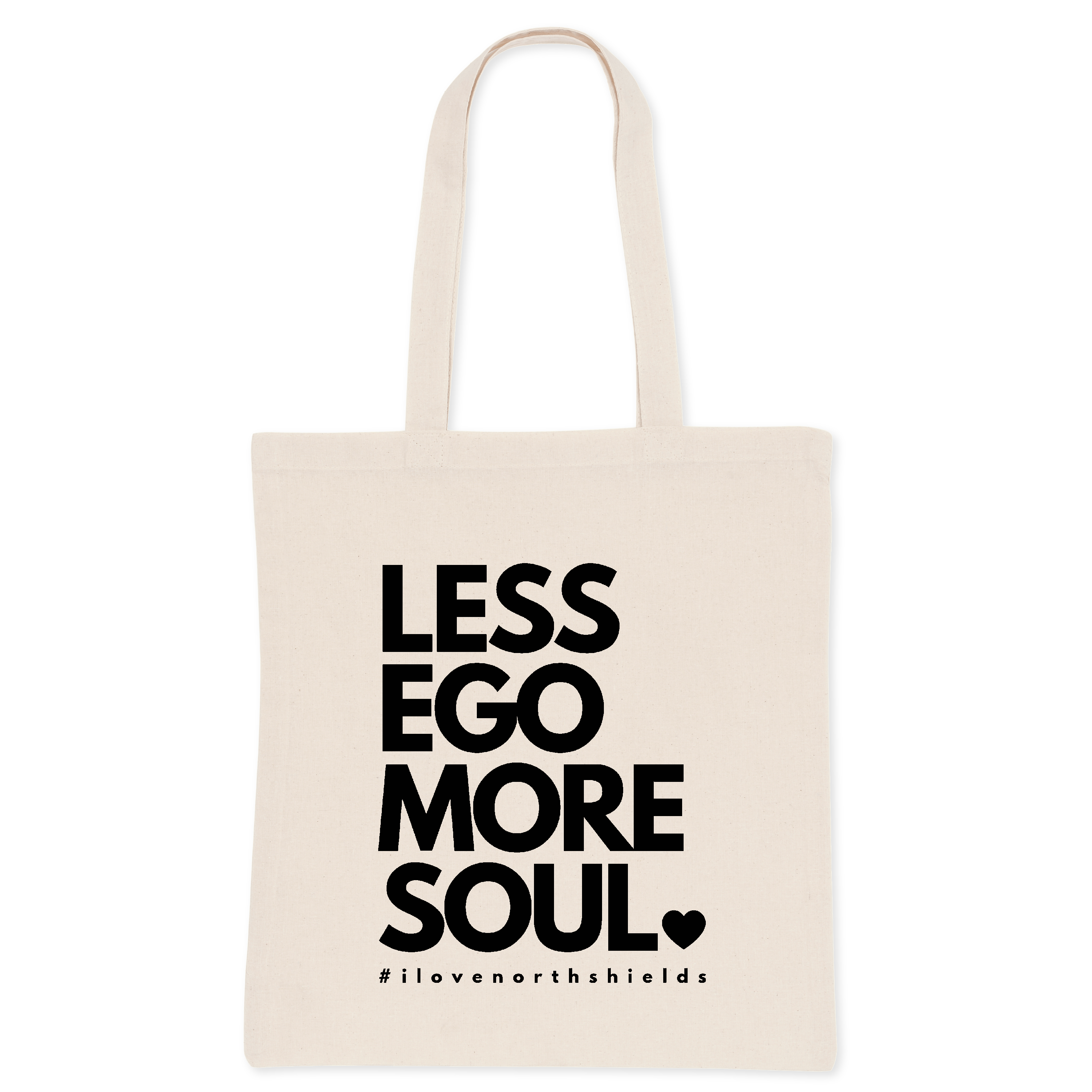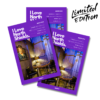I would describe myself professionally as a creative Psychologist and Artist and I would describe my career to date as having been eclectic, unconventional, and quite interesting.
Can you tell us about your personal journey and what inspired you to become an art therapist?
My journey began with a scholarly pursuit in Experimental Psychology at the University of Oxford. Despite academic success, I felt disconnected personally. Recognising my innate creativity, I eagerly pursued art psychotherapy, which integrated my academic background with my artistic inclinations.
What is art therapy, and how does it differ from traditional forms of therapy?
Art therapy employs art as the primary medium for self-expression, contrasting with traditional talk-based therapies. It accesses deep emotions and subconscious thoughts through creative processes, offering unique therapeutic insights and healing.
What educational background and training did you need to pursue to become an art therapist?
To become an art therapist, I undertook specialized training in art psychotherapy, building upon my foundational knowledge in psychology. This included practical experience and clinical placements to develop therapeutic skills.
Were there any specific experiences or moments in your life that solidified your decision to enter this profession?
Personal experiences with art’s therapeutic benefits during challenging times deeply influenced my career choice. These moments highlighted art’s profound capacity to facilitate healing and personal growth.
How did your early experiences in art therapy shape your approach and philosophy in the field?
Early experiences underscored art therapy’s transformative power, influencing my belief in its ability to access and heal the soul beyond cognitive processes. It shaped a holistic approach centered on creativity and self-expression.
What challenges did you face while pursuing your career in art therapy, and how did you overcome them?
Navigating misconceptions about art therapy posed initial challenges. Education and advocacy were key in dispelling myths and promoting understanding of its therapeutic depth and efficacy.
Can you share a memorable experience from your training or early career that had a significant impact on you?
Encountering firsthand the profound breakthroughs clients experienced through artistic expression left an indelible impression. Witnessing these moments reinforced my dedication to art therapy.
How have your skills and techniques evolved since you first started practicing art therapy?
Continuous learning and exposure to diverse client needs have enriched my therapeutic toolkit. Techniques have evolved to better support clients’ emotional exploration and healing journeys.Moore’s Profile.
What advice would you give to someone who is interested in pursuing a career in art therapy?
Embrace curiosity and empathy. Seek rigorous training and clinical experience to develop therapeutic competence. Advocate for art therapy’s benefits while staying open to learning and growth.
How do you stay current with developments and new techniques in the field of art therapy?
Engaging in ongoing professional development, attending conferences, and collaborating with peers ensures I remain informed about advancements and innovative practices in art therapy.
What aspects of being an art therapist do you find most rewarding, and why?
The ability to witness clients’ profound personal discoveries and growth through artistic expression is immensely rewarding. Facilitating healing journeys and reconnecting individuals with their authentic selves is the heart of my practice.
To learn more about Penny Moore’s work, y Instagram: @dr_penny_moore or her profile on Academia.edu: Penny







